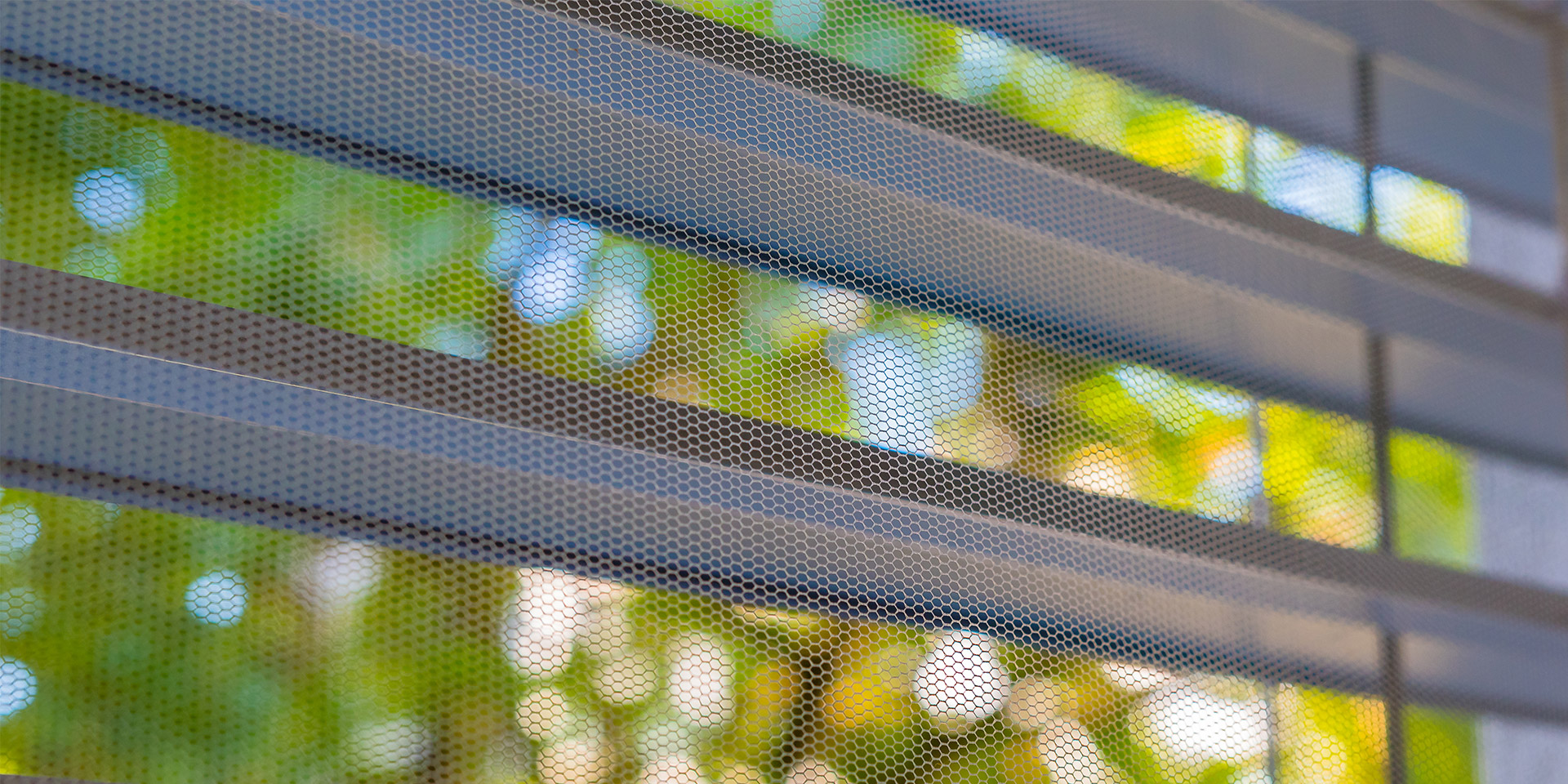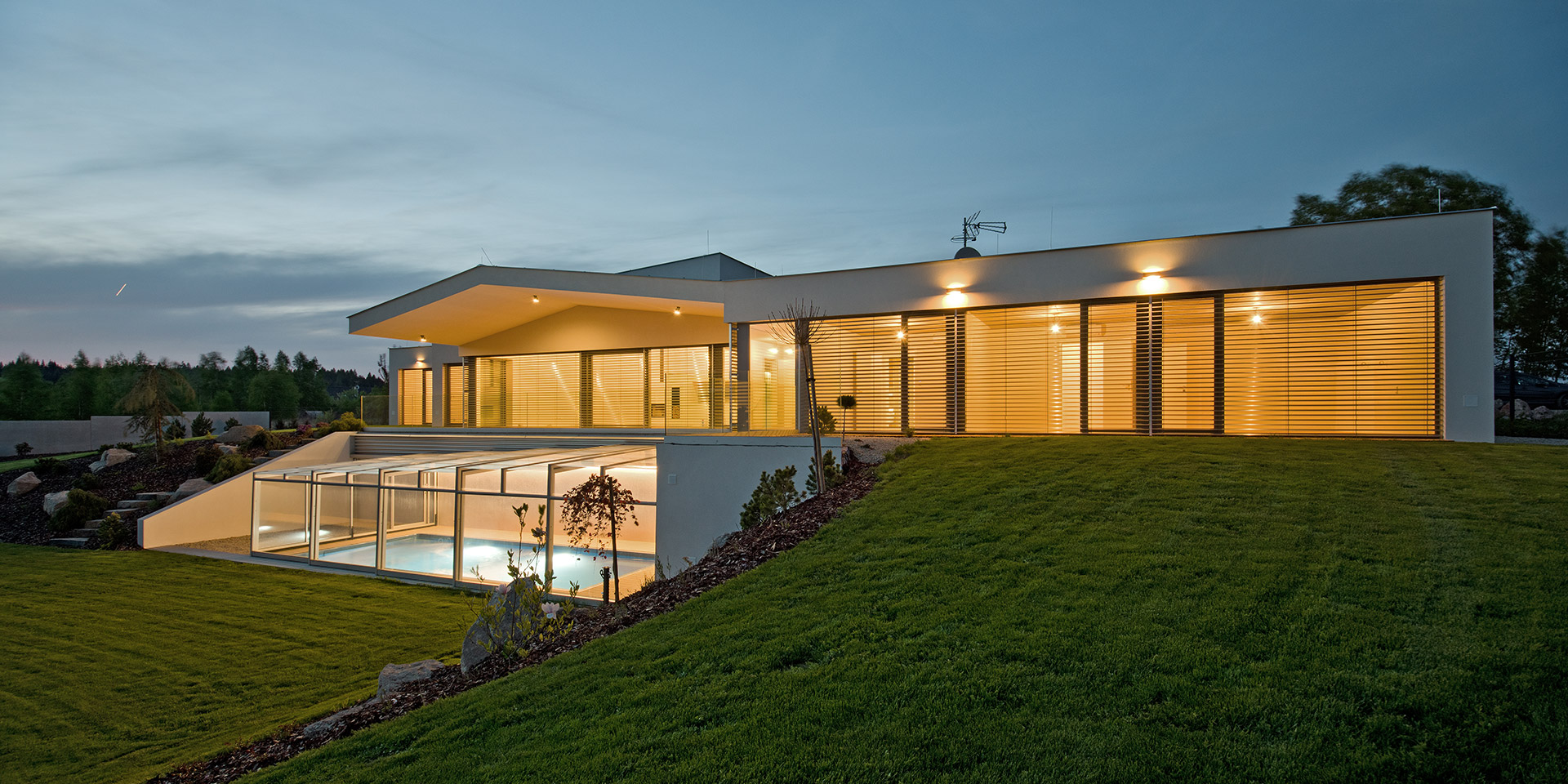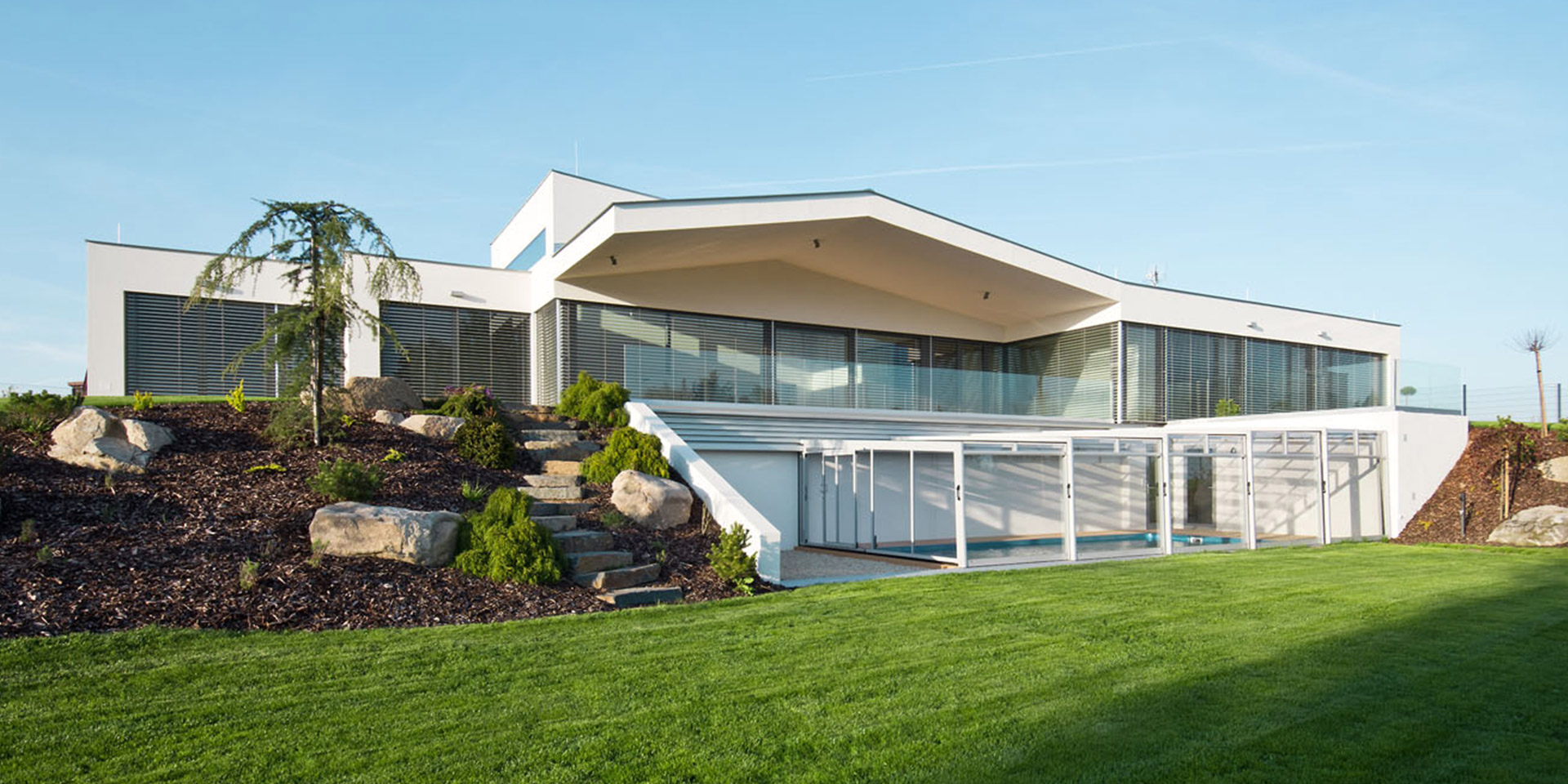The ideal temperature for various rooms and how to achieve it using external blinds
Ideal room temperature varies based on application. Higher temperatures are required for relaxing, while lower temperatures are ideal for sleeping. Read how to keep your bedroom cool in tropical summer temperatures and warm during winter.
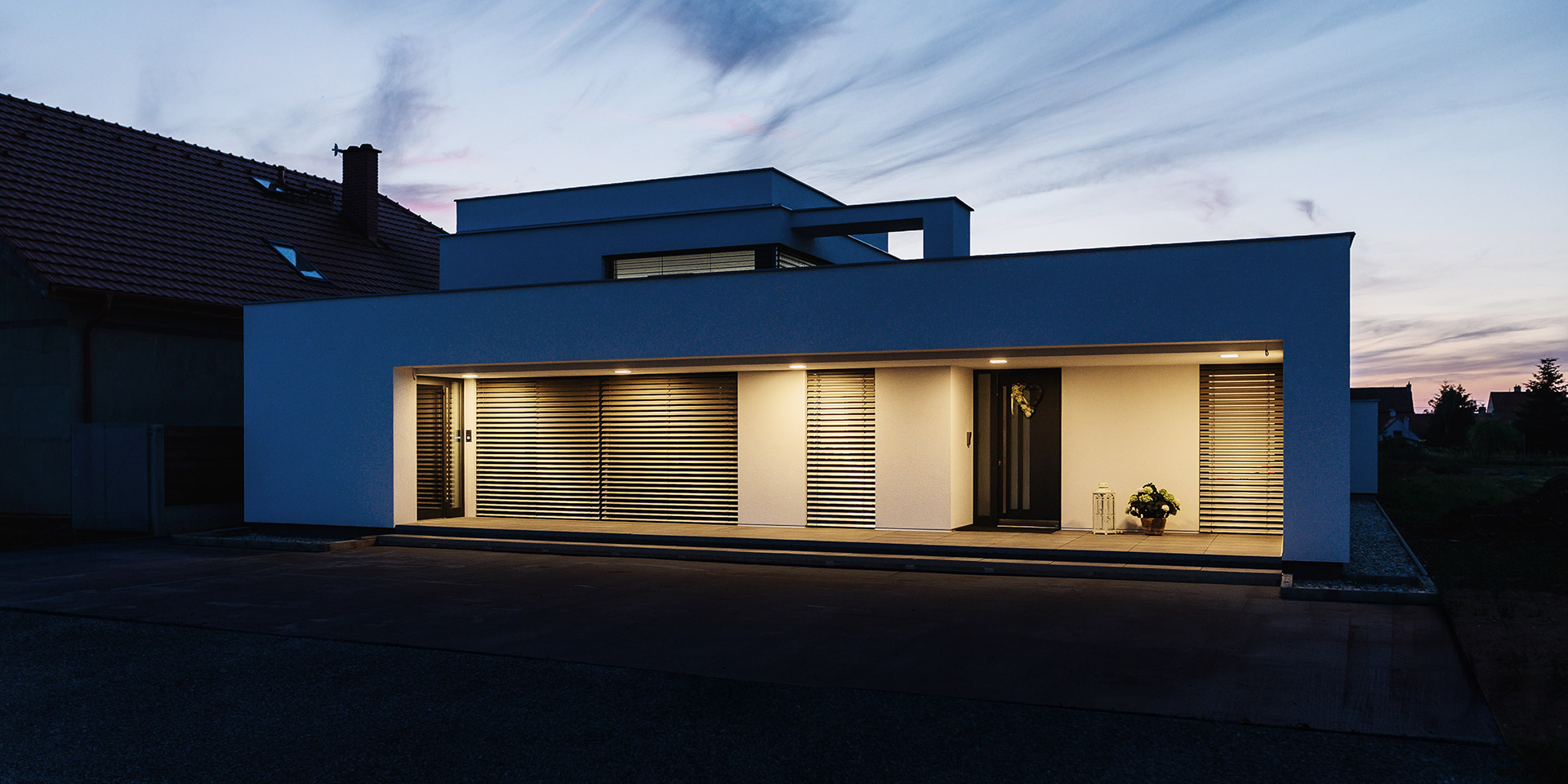
Ideal temperature varies on room-to-room basis.
In general, interior temperature ranges from 18 to 21 °C. This applies for rooms where we spent the most time, such as studies and living rooms. Corridors don’t need to be as warm, as you don’t spend much time in these areas. On the other hand, your bathroom should be even warmer so you don’t catch cold when taking a shower.
The recommended room temperature ranges are as follows:
- Corridors and staircases of apartment buildings: 10 – 15 °C
- Entrance halls and corridors: 16 – 18 °C
- Bedroom: 16 – 20 °C
- Kitchen: 20 °C
- Living room: 20 – 21 °C
- Bathroom: 24 °C
Feel free to adjust the temperature according to your personal comfort. You can use a thermostat, which is set to activate heating once it detects that the temperature in the room has dropped below a certain level. When keeping a lower temperature thoughout the entire interior, watch out for moisture. Rooms used to dry clothes are prone to mould at temperatures around 16 °C.
HINT: Keep in mind that the interior temperature of a family house should not drop below 15°C, even when you leave on holiday. Such a drop could result in the house taking a very long time to warm back up to the original temperature, which would end up costing more than keeping a continuous temperature of, e.g., 18°C. On the other hand, keeping the temperature too high increases your total heating costs by 6% per a degree of temperature. Moreover, staying in a room heated to 25°C or more for long periods of time could make your body less used to cold temperatures and therefore more prone to illness in the winter.
Permanent interior temperature: the benefit of external blinds
Especially in extremely hot weather during the summer, it pays to have external blinds, which reflect sun rays before they hit the window, decreasing the room temperature by up to 10 °C. If you opt for light-coloured slats and keep them closed, you are only letting about 3.7 % of the solar radiation inside. Compared to internal blinds, which let in up to 36%, you end up with a pleasant environment in the room and save A/C costs.
Conversely, you can let more heat in by leaving the blinds up during the winter. When using blinds fitted with type C or F slats you can also direct the light any way you wish by tilting the slats. You can use this, for example to heat your floor. Moreover, you can prevent the heat from escaping by keeping the blinds closed overnight, increasing the room temperature by an additional 1.5 °C.
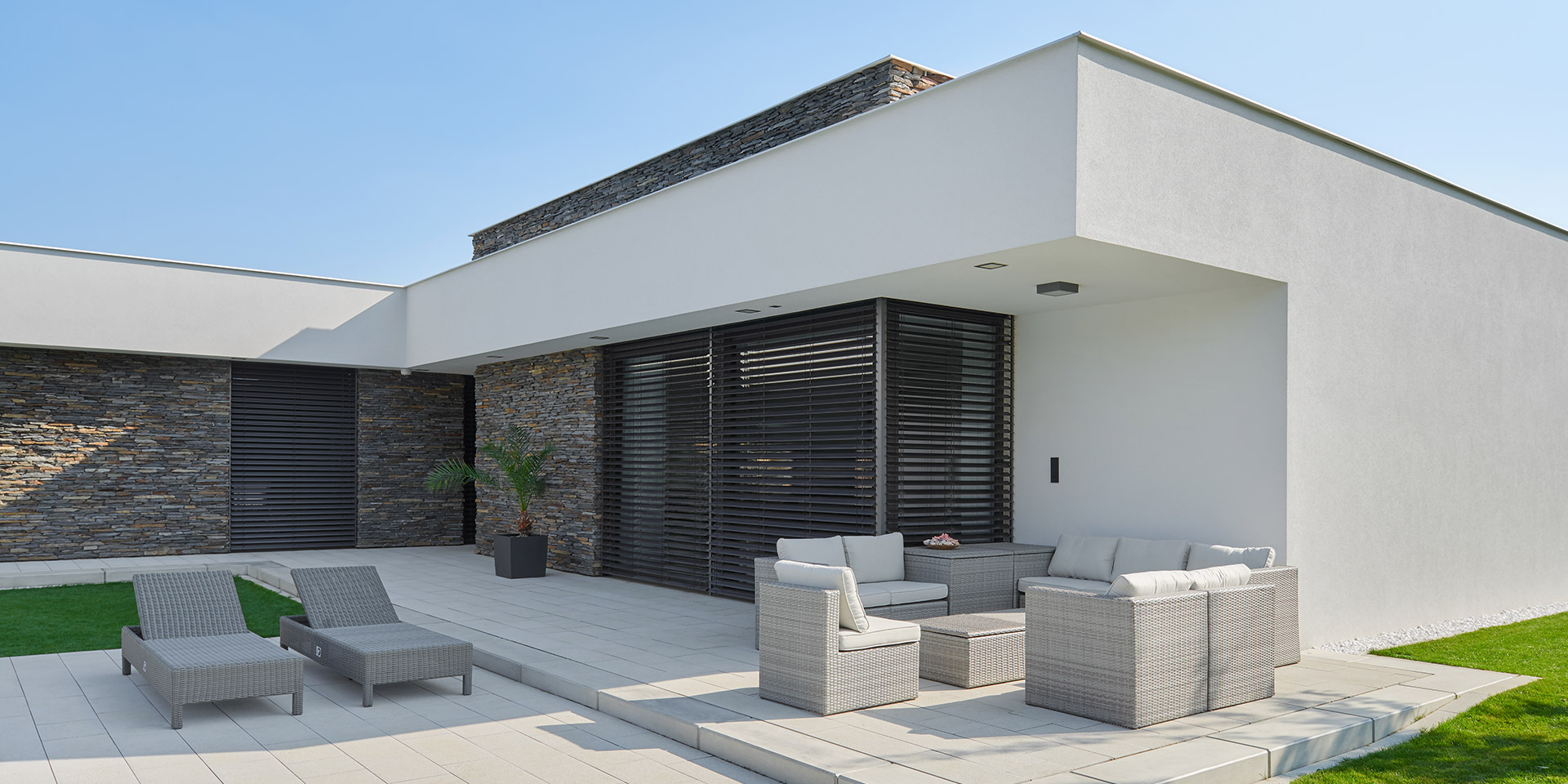
Temperature is maintained thanks to smart accessories.
To avoid retracting the blinds manually when the weather improves, you can connect them to automatic sun sensor controls. When the sensor detects intense sun radiation, the blinds are lowered automatically, preventing the interior from overheating. Conversely, the blinds are retracted into the case when the weather gets cloudy in order to let more light in and warm up the interior. In both cases, the sensor system makes sure that you return to an interior with just the right temperature after a day at work.
During the winter, you can make good use of scenario-based controls. If, for example, you know that you have a lot of sunshine on the east side of your house in the morning, you can utilize this knowledge to warm your interior by leaving the blinds retracted and scheduling them to drop in the afternoon when the sun is above the house, in order to keep the heat inside.
Blinds can also be controlled remotely – thanks to the Smart Home system.
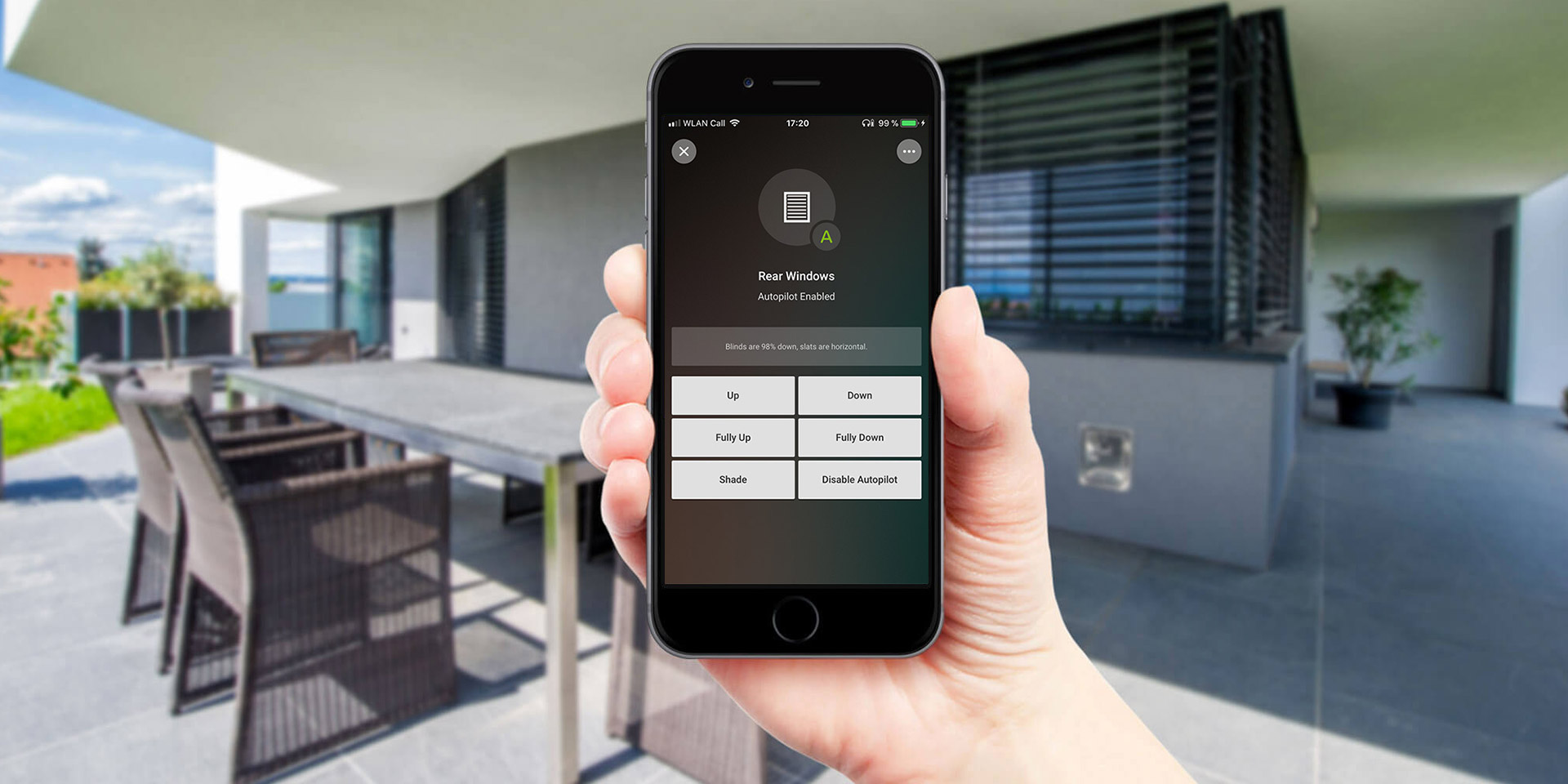
Thanks to their properties, external blinds are also a popular solution when building low-energy and passive houses, as they help keep the temperature stable between 18 and 23 °C without unnecessary cooling or heating.
Maintain the ideal temperature in the interior with external blinds; experts from specialized companies will advise you on how to achieve this.

